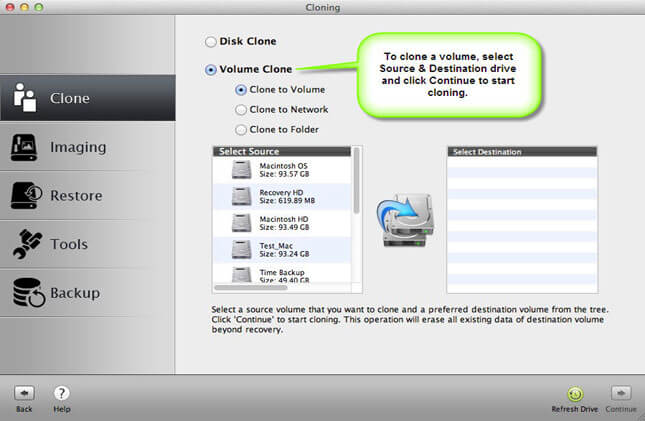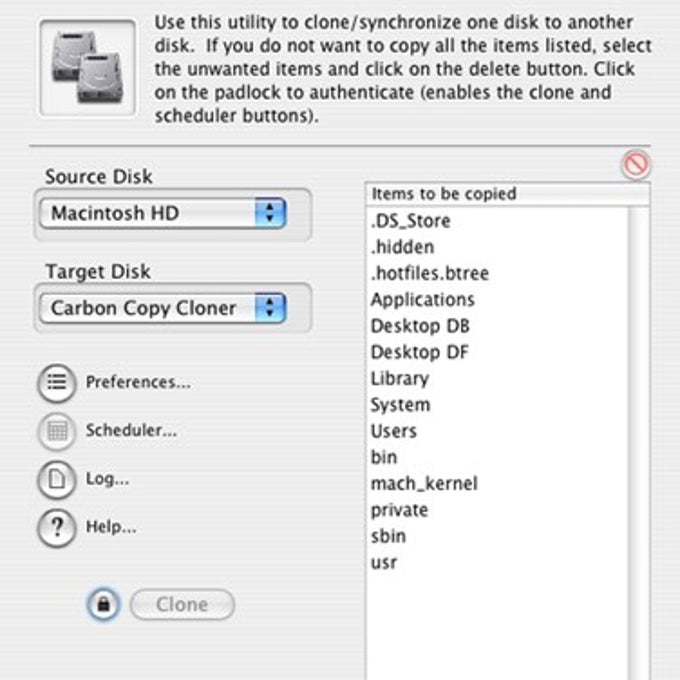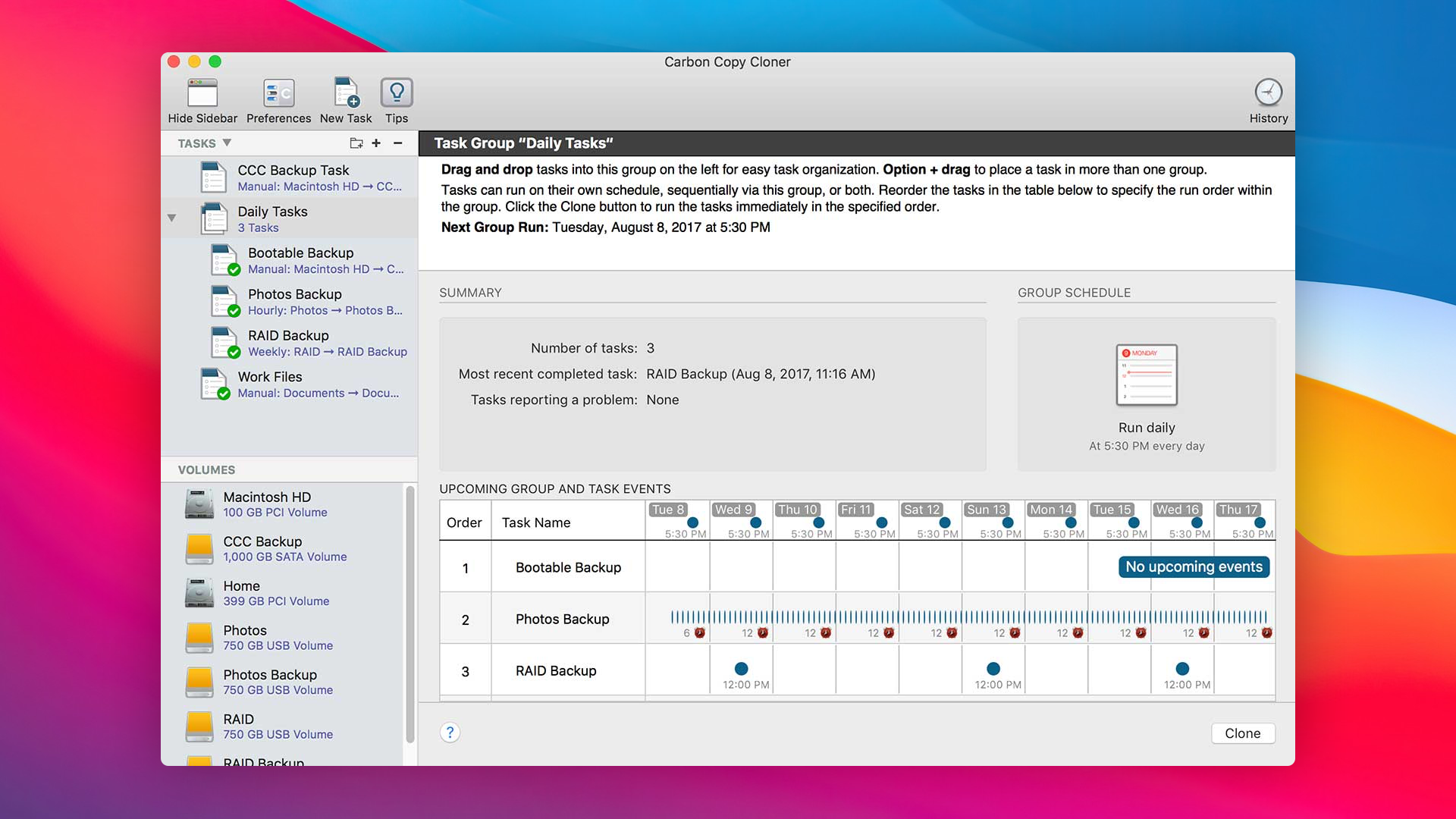

- #Carbon copy cloner for mac clone boot hard drive install#
- #Carbon copy cloner for mac clone boot hard drive update#
- #Carbon copy cloner for mac clone boot hard drive windows#
The clone will mount but if you try to do anything with it, access will be slow, quickly hang, and it can't be ejected. P.S., More than once, I have seen a weirdness where a clone made to an internal NVMe drive that is removed and placed in a type-C USB enclosure causes macOS to go wonky when the clone is attached.
#Carbon copy cloner for mac clone boot hard drive install#
In worst case, you can still use Migration Assistant to recover your personal data from a clone to a fresh install of same or later OS, so you're solid for recovery even if the source and backup are out of sync and something goes really wrong like drives dying. Rotate them to always have a previously working backup. Idk why these still exist.ĭon't run incrementals between diff macOS revs as this may break operation of the target. These backwards compatible image files can also be found in the same folder.
#Carbon copy cloner for mac clone boot hard drive update#
UPDATE I've since seen this bug this under Monterey too, so nvm. If you can go to Monterey, do so as this bug is fixed and this clone approach still works fine. There's a hidden file that can be edited to correct this but it's in the Preboot volume. The clone will keep the volume boot label of the of the source even after you rename the volume, which doesn't hurt anything but can be very confusing. Under Big Sur There's a bug where the clone's volume label which is seen the bootpicker doesn't get changed if you rename it after cloning. To update, sync with an incremental, boot the clone and run SW Update. From there, as long as you don't run SW update on either, you can use CCC in normal incremental mode to update the target and keep a live backup.ħ. Mount the EFI partition on the target and copy your working EFI to it.Ħ. Hopefully the copy completes without error.Ĥ. If the copy fails there were hard errors on either the source or the target and the clone will be useless. I believe the target EFI will not be touched.

CCC will reformat the target and copy the entire source. Set up a CCC task with your current boot drive as the source, then when choosing the target drive as the destination, right click to choose Legacy Bootable Backup Assistant. CCC needs to be able to see a mounted target drive, so if you were starting from scratch you would erase the target and format as APFS, but in your case the target is prolly already visibleģ. You must be booted from the system you want to clone.Ģ. I don't want to diagnose your setup, but I can explain an approach that works:ġ. Let's say I don't know what I have to do for the same characteristics to be present there too. I attach a screenshot of OpenCore Configurator where you can see all the UEFI partitions of the computer: it is evident that in the description of the working disk partition, BigSur, there are some features that are missing in the cloned disk, CarbonCopy. I definitely have to do something else, but I don't know what.

#Carbon copy cloner for mac clone boot hard drive windows#
I cloned the system disk with Carbon Copy Cloner and then the UEFI partition, sector by sector, using a windows software: the cloned disk, however, does not start. Put simply, I would like to have two identical disks that can boot the same way, so that I can test the compatibility of updates first on one disk, the "second Hackintosh", and then on the other. I'd like to clone my Hackintosh boot disk for a simple reason: I want to install the Apple system updates in the clone disk, in my second Hackintosh, before doing it on the fully functional HD of my first hackintosh. Building a CustoMac Hackintosh: Buyer's Guide


 0 kommentar(er)
0 kommentar(er)
